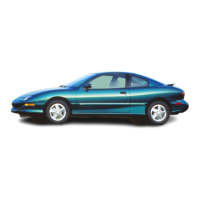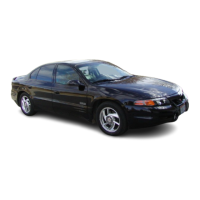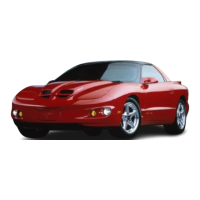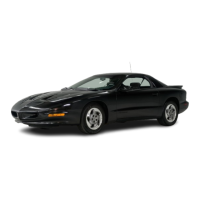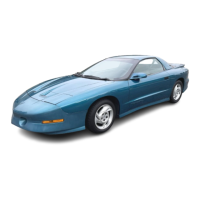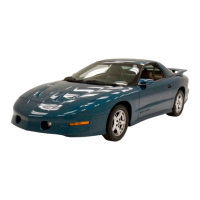Driving with
a
Trailer
Towing a trailer requires a certain amount of experience.
Befm
setting
out for the open road, you’ll want to get
to
know
your rig. Acquaint yourself with the feel of
handling and braking with the added weight of the
trailer. And always keep in mind that the vehicle you are
driving
is
now a good deal longer and not nearly as
responsive as your vehicle is by itself.
Before you start, check the trailer hitch and platform
(and attachments), safety chains, electrical connector,
lamps, tires and mirror adjustment.
If
the trailer
has
electric brakes,
start
your
vehicle
and
trailer
moving
and
then apply the trailer brake controller by hand to be sure
the brakes are working. This lets
you
check your
electrical connection at the
same
time.
During
your
trip,
check occasionally to be
sure
that the
load is secure,
and
that the lamps and any trailer brakes
are still working.
Following
Distance
Stay at least twice as far behind the vehicle ahead as you
would
when driving
your
vehicle without
a
trailer.
This
can help you avoid situations that require heavy braking
and sudden
turns.
Passing
You’ll need more passing distance
up
ahead when
you’re towing
a
trailer. And,
because
you’re
a
good deal
longer, you’ll need to go much farther beyond
the
passed vehicle before you can return to your lane.
Backing
Up
Hold the bottom
of
the steering wheel with one hand.
Then,
to
move the
trailer
to
the
left,
just
move that
hand
to the left.
To
move the trailer to the right, move your
hand to
the
right. Always back
up
slowly and,
if
possible, have someone guide
you.
4-36

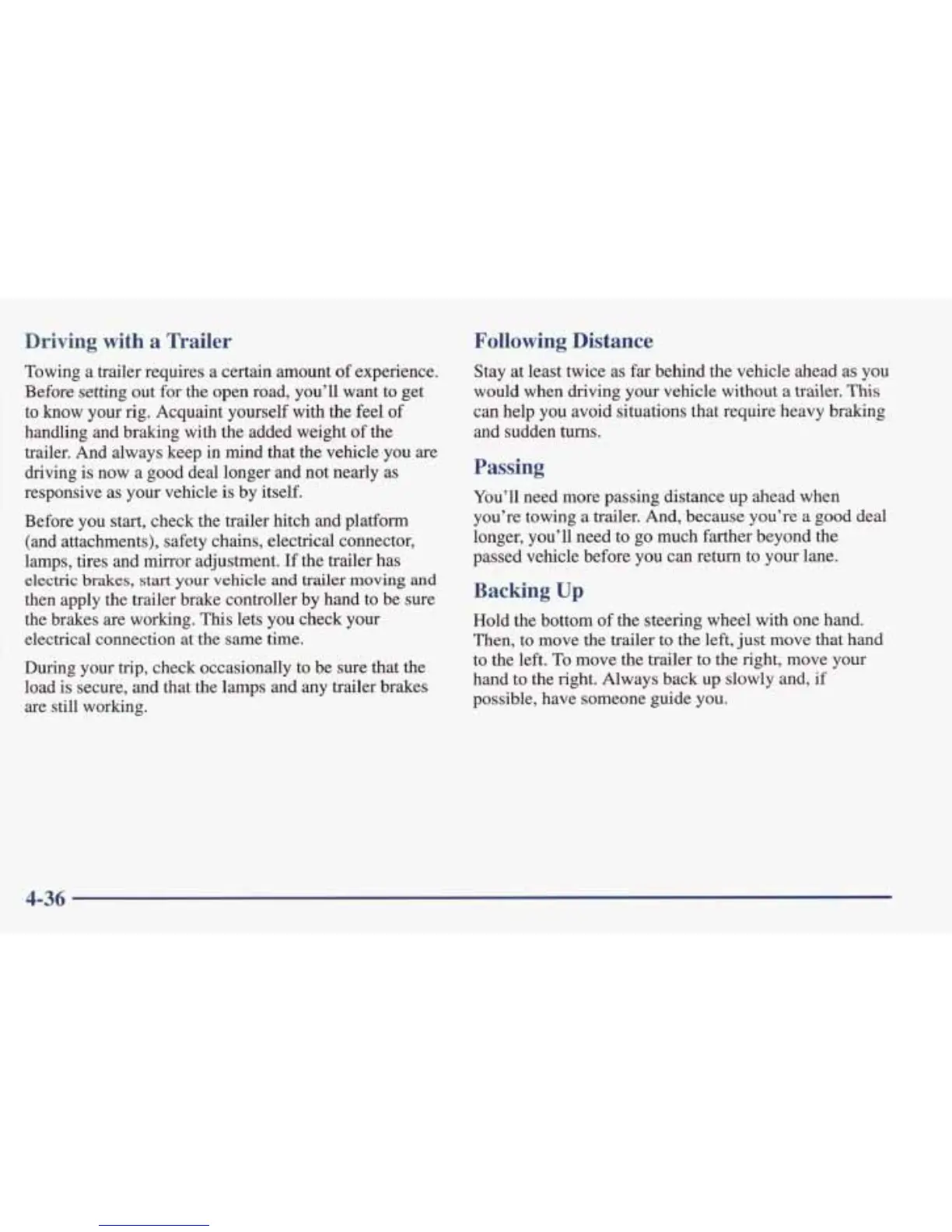